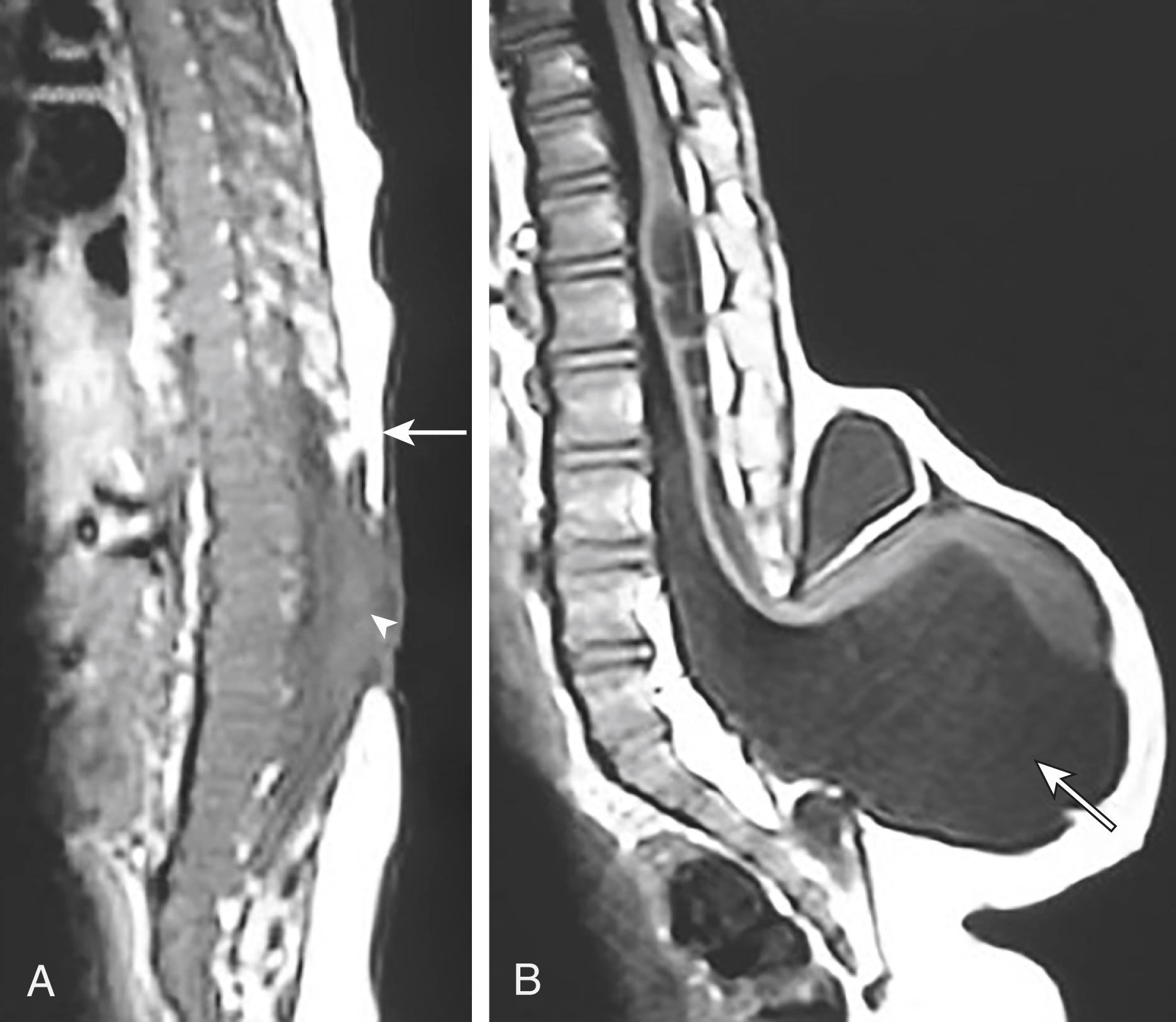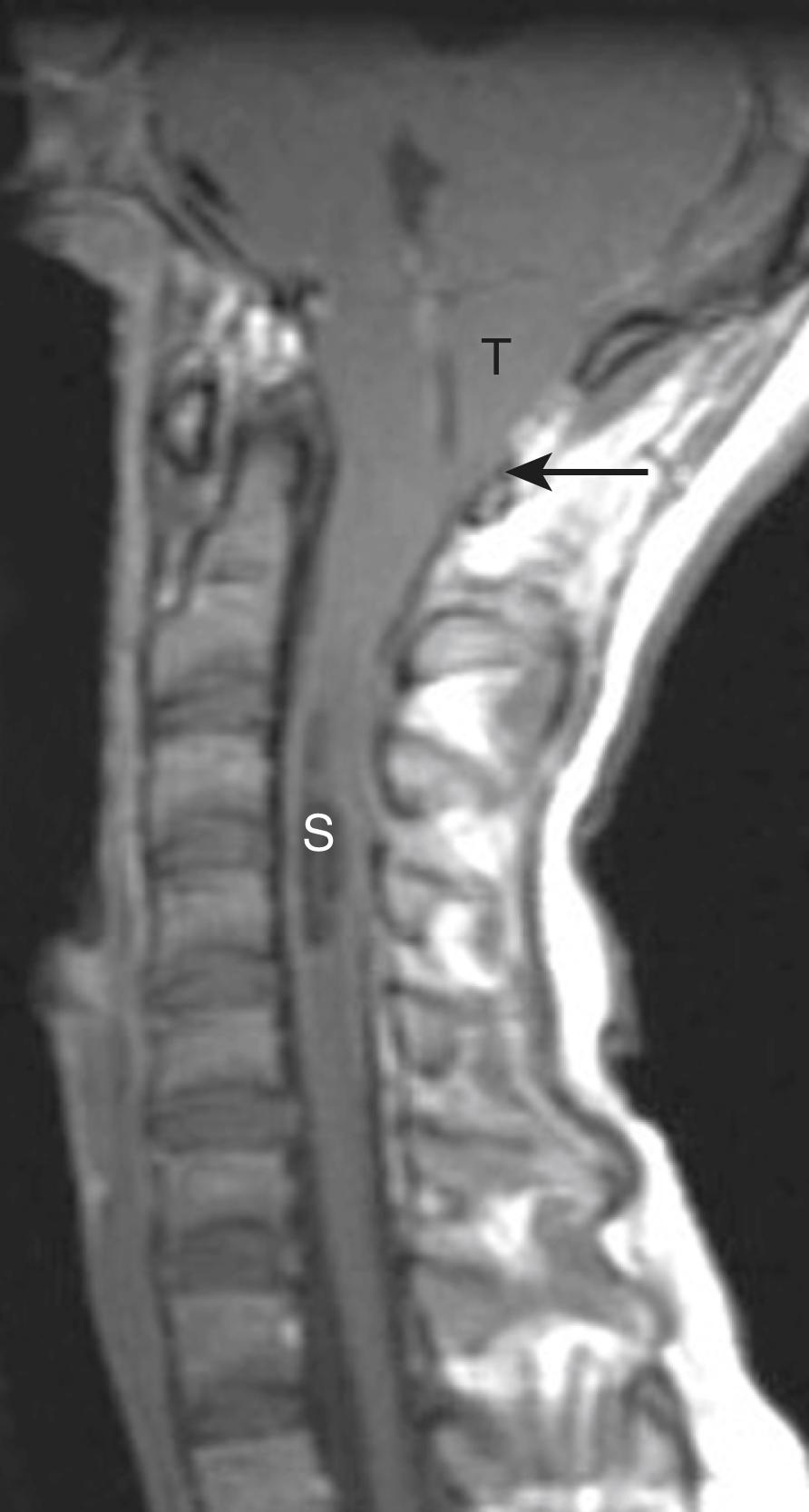Physical Address
304 North Cardinal St.
Dorchester Center, MA 02124
The understanding of many neurodevelopmental disorders has improved dramatically because of high-resolution neuroimaging, which can detect structural defects that previously went unrecognized, genetic testing, and a better grasp of molecular mechanisms. As a result, targeted treatments are now available for some conditions.
The worldwide incidence of neural tube defects is about 1 to 10 per 1000 live births. In the United States, neural tube defects occur in about 3500 births per year, with anencephaly and spina bifida being the two most common forms.
Neural tube defects are developmental anomalies resulting from failure of the anterior and posterior neuropore to close during gestation. Depending upon the embryologic stage at which the neuropore closure is disrupted, neural tube defects can manifest as anencephaly, encephalocele, and myelomeningocele with Chiari II malformation. Both genetic and environmental factors may play a role in neural tube defects. Although these lesions occur with increased frequency with chromosomal anomalies, single gene mutations are uncommonly associated with neural tube defects. In utero exposure to medications such as valproic acid is associated with neural tube defects. Folic acid deficiency also is associated with neural tube defects, and folate supplementation (6 mg/day) during pregnancy can reduce the risk of a neural tube defect by about 50 to 60% ( Chapter 221 ).
Developmental anomalies of the vertebral bodies are common and cause pain and neurologic symptoms when they result in scoliosis ( Chapter 86 ) or accelerated degenerative changes of the spine. Neurologic disability is likely when spine anomalies compress neural structures or alter the flow of cerebrospinal fluid.
Spina bifida describes a spectrum of congenital defects, ranging from isolated, usually asymptomatic, bony defects of vertebral arch closure (spina bifida occulta) to a myelomeningocele, which is characterized by herniation of the spinal cord and meninges through a defect of the posterior spine. A myelocele is an open midline lesion with exposed neural elements that are flush with the adjacent skin ( Fig. 385-1 ). The uncommon meningocele is characterized by herniation of leptomeninges and cerebrospinal fluid through a spinal defect without nerve tissue involvement. Myeloceles and myelomeningoceles are visible at birth as midline back lesions.

The incidence of myelomeningocele and other neural tube defects has been decreasing in recent years, probably because of folate supplementation in bread and the routine prescription of perinatal folic acid. It occurs at a rate of 1 per 1000 births worldwide. In the United States, the incidence is about 0.6 per 1000 births. Females are affected slightly more often than males.
A myelocele results from failure of posterior neuropore closure by day 26 of embryogenesis. Chromosomal deletions, duplications, and trisomy can lead to neural tube defects, but single gene mutations are uncommon. Low serum folate levels promote neural tube defects, and vitamin A deficiency may play a role in some individuals. The use of valproic acid during pregnancy increases the likelihood of neural tube defects.
The manifestations of spina bifida depend primarily on the location of the lesion on the spinal axis and the extent of spinal cord involvement. Spina bifida occulta is typically asymptomatic and often discovered as an incidental finding on imaging studies. Myelomeningoceles and myeloceles can affect any portion of the spinal column, but the lumbosacral region is by far the most common site. Lumbosacral lesions typically cause less devastating dysfunction than lesions in the thoracic or cervical region. Loss of sensation and motor weakness typically occur below the level of spinal cord lesion, thereby contributing to the development of ulcers or other injuries. Bowel and bladder control are generally impaired regardless of the affected level. Frequent urinary tract infections can promote renal failure.
Myelomeningoceles are often associated with other conditions, such as a tethered cord, a Chiari II malformation, or agenesis of the corpus callosum. Epilepsy is common, particularly among individuals with an associated brain malformation or hydrocephalus. Kyphosis, clubfoot, and extremity contractures are frequent complications. Although the mechanism is incompletely understood, latex allergy is common, and its frequency tends to increase with age.
Abnormalities are often detected on prenatal ultrasound studies. In addition to prenatal ultrasound studies, prenatal detection of myelomeningoceles is aided by elevated concentrations of alpha-fetoprotein and acetylcholinesterase; the latter normally occurs in the cerebrospinal fluid but not in amniotic fluid. Ultrasound and magnetic resonance imaging can help define the extent of the abnormalities.
A baby with an open neural tube defect should begin antibiotics after birth and undergo surgical closure within three days. Individuals with hydrocephalus usually require a ventriculoperitoneal shunt. Prenatal closure of the spinal lesion may reduce the incidence of hydrocephalus. Myelomeningocele is a static lesion, so any deterioration in neurologic function could signal worsening hydrocephalus, a tethered cord, or a syrinx. Proper attention to skin care and bladder training may limit the number of pressure ulcers and urinary tract infections, and neuropsychologic care can help patients deal with the disease.
A Chiari malformation denotes the downward displacement of structures in the posterior fossa through the foramen magnum. A Chiari I malformation, which is characterized by the displacement of the cerebellar tonsils more than 5 mm below the foramen magnum, occurs in about 1% of patients who undergo cranial magnetic resonance imaging (MRI). A Chiari II malformation typically occurs in association with a myelomeningocele and hydrocephalus. It is characterized by downward displacement of cerebellar vermis, tonsils, fourth ventricle, and medulla, with “beaking” of the midbrain, in which the posterior midbrain appears elongated in sagittal images.
Most Chiari I malformations remain asymptomatic, although some individuals with more severe displacement develop occipital headaches, particularly with straining, or lower cranial neuropathies that manifest as tongue weakness, vocal cord paralysis, or recurrent aspiration. Since Chiari II malformations typically occur in conjunction with a myelomeningocele (see Spina Bifida) and hydrocephalus, affected individuals often experience seizures, cognitive delay, paraplegia, and sphincter dysfunction. Diagnosis is confirmed by magnetic resonance imaging (MRI) without contrast showing displacement of the cerebellar tonsils more than 5 mm below the foramen magnum ( Fig. 385-2 ). Given the high frequency of asymptomatic Chiari I malformations, it can be difficult to determine whether the malformation is responsible for the patient’s symptoms, particularly when the tonsillar displacement is not severe.

Patients with a symptomatic Chiari I malformation may require a posterior fossa decompression. Surgery is not usually necessary for mildly symptomatic or asymptomatic patients, and expert consultation is required to assess the potential benefit of decompressive surgery. Individuals with a Chiari II lesion typically require surgical repair of the associated myelomeningocele and shunting of the hydrocephalus. Bladder dysfunction may necessitate intermittent catheterization and treatment of urinary tract infections ( Chapter 263 ) and genitourinary reflux. Prognosis in Chiari II patients depends greatly on the severity of the brain abnormalities and myelomeningocele.
A tethered spinal cord results from abnormal fixation of the filum terminale to the lower spinal structures. Tethering can represent a developmental anomaly or occur in association with a myelomeningocele, intraspinal tumor, or infection. Common associated spinal anomalies include diastematomyelia (split cord), spinal lipomas, dermal sinuses, and fibrolipomas of the filum terminale. Progressive cord dysfunction can occur when repeated flexion and extension of the spine results in stretching of the tethered cord.
Symptoms can occur in either children or adults. Clinical manifestations vary with the patient’s age and whether there is progressive dysfunction. Cutaneous findings can include a lumbar cutaneous lipoma, skin dimple, dermal sinus, or tuft of hair. Associated orthopedic abnormalities include scoliosis and leg length discrepancy. Urologic manifestations include poor bladder control, loss of previously attained urinary continence, and recurrent urinary tract infections. Infants may have diminished spontaneous leg movements, whereas older children exhibit delayed walking, an abnormal gait, and poor bladder control. Adolescents and adults may experience difficulty walking, sensory loss, and back and leg pain. Sexual dysfunction and urinary incontinence are common. Many individuals with a tethered cord syndrome have a latex allergy, possibly due to recurrent latex exposures during procedures. The diagnosis is confirmed by an MRI showing a conus medullaris below the bottom of the L-2 vertebral border or thickened or fat-containing filum terminale.
For symptomatic patients, surgical release of the tethered cord is recommended. For asymptomatic individuals, the value of surgery is uncertain, in part because the cord often retethers following surgery.
Syringomyelia is a cystic cavitation of the central portion of the spinal cord, whereas hydromyelia results from dilatation of the central spinal canal. Both lesions are typically located in the cervical cord but may extend into the medullary region (syringobulbia) or into the lower cord segments. Syringomyelia may develop in association with Chiari malformations (see Fig. 385-2 ), trauma, a spinal cord tumor, or a tethered cord. The classic presentation is a dissociated sensory loss (pain and temperature loss with preservation of light touch, vibration, and proprioception) in the neck and arms. Symptoms classically appear in late adolescence or early adulthood and progress sporadically with intermittent stable periods. A cervical lesion produces a cape-like pattern of sensory loss of the arms and shoulder, sometimes accompanied by atrophy of the hands and arms, with hypertonia and hyperreflexia in the legs. Extension into the medulla may cause lower cranial neuropathies. The diagnosis is best confirmed by MRI.
Patients with an associated Chiari II malformation may require posterior fossa decompression and shunting of secondary hydrocephalus. Occasionally, a large syrinx unassociated with a Chiari malformation may require shunting of the syrinx.
Brain malformations develop during the first trimester. Disorders of ventral induction include holoprosencephaly, septo-optic dysplasia, and agenesis of the corpus callosum. Holoprosencephaly results from failure of the prosencephalon to divide, thereby resulting in alobar holoprosencephaly (cortex with a single ventricle) or lobar holoprosencephaly (cerebral hemispheres are mostly separated except for the frontal lobes).
Become a Clinical Tree membership for Full access and enjoy Unlimited articles
If you are a member. Log in here